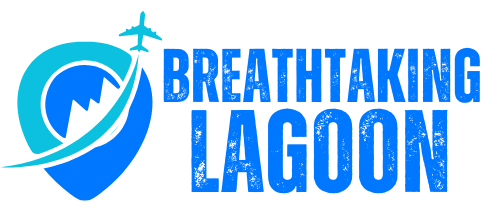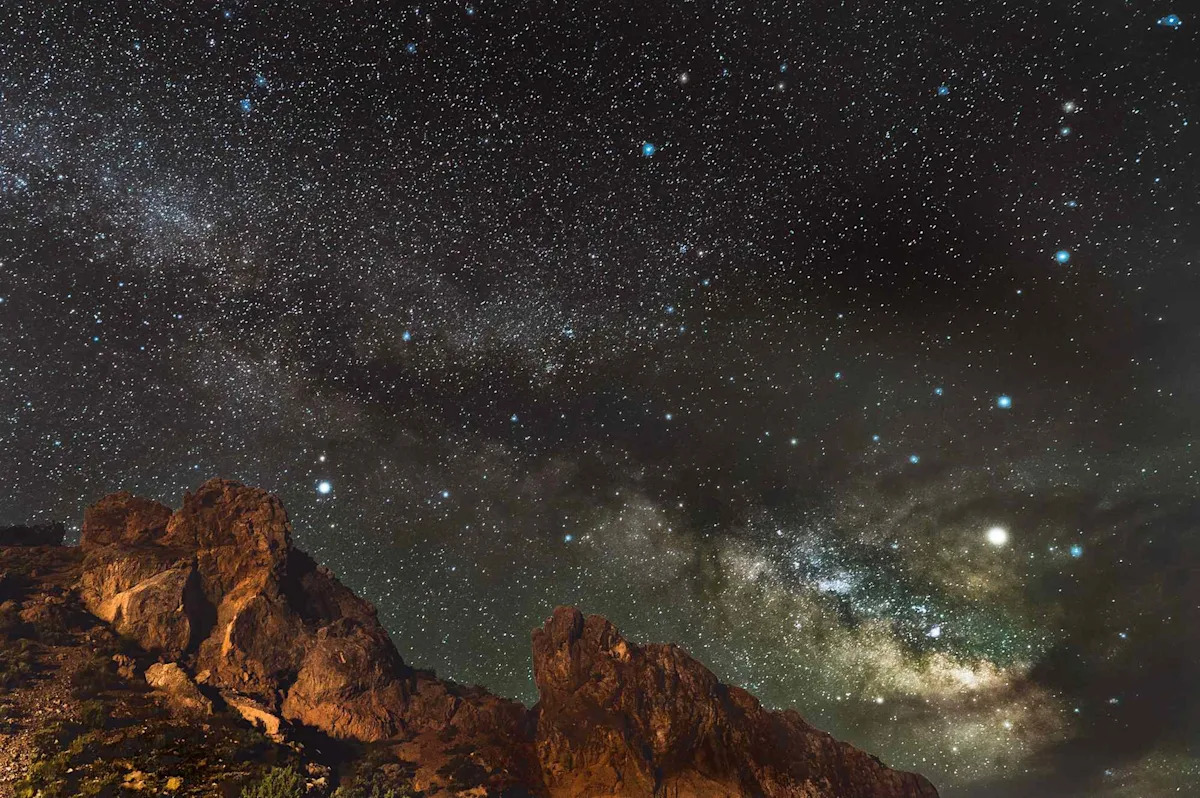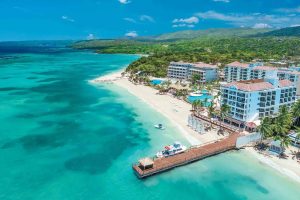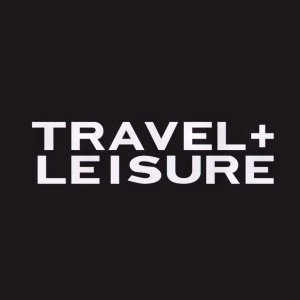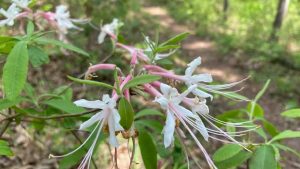Sure, seeing the world during the day is great, but have you tried staying up late to see all the coolest places at night? No? Then it’s time for an astrotourism adventure. And Kühl knows where you should start.
For those not in the know, astrotourism is one of the hottest trends in travel. It brings people to destinations where they can witness everything from the aurora borealis to solar eclipses, and to places with low light pollution where the stars shine the way they were meant to be seen. And according to Kühl, the outdoor apparel company, it might be more necessary than you think.
“For most Americans, seeing the Milky Way is a rare treat,” the company shared in a recent report. “About 80 percent of the population can no longer view it from their homes because of widespread light pollution. Even more startling, over 99 percent of U.S. residents live under skies impacted by artificial light—effectively erasing the natural night sky.”
To help people experience the magic of the night sky, the team conducted a small study looking at five different data points: number of stargazing events, the level of light pollution, dark-sky certification status, maximum park elevation, and the number of campgrounds available. After looking at the data, it named Great Basin National Park in Nevada as the best national park in the U.S. for stargazing.
“If you’ve never been there, it can feel like stepping off the grid and into the cosmos,” the team wrote. “Tucked into a quiet corner of Nevada, this IDA (Certified Dark-Sky Park) park is one of the few places in the country where the night sky still looks like it did a thousand years ago. The skies here are rated a perfect Bortle 1, meaning they’re about as dark as you can get, and the park leans into that with 53 stargazing events a year.”
It suggested heading to the slopes of Wheeler Peak to look up at the stars and “feel like you’re floating between worlds.”
But Great Basin isn’t the only national park where the cosmos feel closer than ever. Coming in at No. 2 is Death Valley National Park in California. It also offers Bortle 1 skies and is a Certified Dark-Sky Park, but it takes a more self-guided approach—one reason it missed the top spot. “There are no formal stargazing events here, just 12 developed campgrounds and miles of wide-open desert to claim as your own. It’s one of the most accessible places in the country to experience a truly dark night sky.”
Rounding out the top three is Zion National Park in Utah, thanks to its 59 night sky events between July and December, more than any other national park. “The skies here earn a Bortle 2 rating, meaning they’re not the darkest, but still impressively clear once the sun sets behind the cliffs,” the team shared. “With its Certified Dark-Sky Park status, three developed campgrounds, and sandstone peaks that top out at 8,726 feet, Zion makes it easy to enjoy the night sky without wandering too far off the map.”
And that’s just the beginning. Check out the company’s full rankings, as well as its pick for top spots for an astrotourism camping trip, at kuhl.com.
Read the original article on Travel & Leisure
